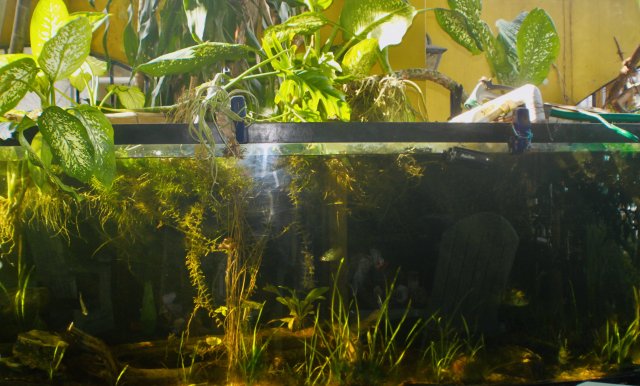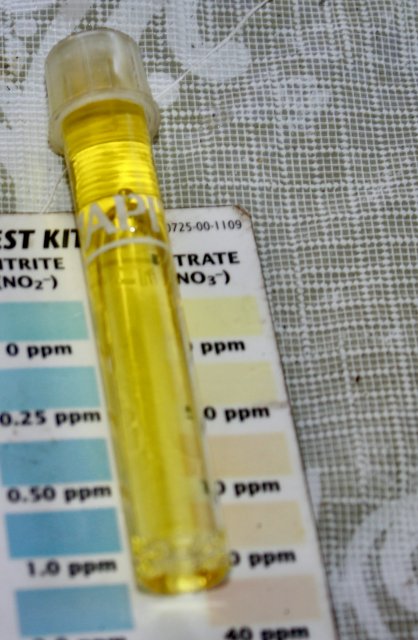I like my drip system. Due to high nitrates and farm runoff I use RO/DI to fill a couple 44g brute cans that are plumbed together. I add minerals back into it. I have a master flex pump that I run on a timer about 10min every hour giving me about a 10g/day drip in my 230 system total volume. Gives effective 26% weekly change. Can easily do more or less, but this amount is nice because only refill he RO once a week.
The sump is large enough that I can manually siphon out around 15 gallons and everything still runs, the drip fills it back up so that is more of a direct WC option.
I have a drain line overflow in the sump that goes to a floor drain in the unfurnished part of the basement.
Simple and it always gets done!
The sump is large enough that I can manually siphon out around 15 gallons and everything still runs, the drip fills it back up so that is more of a direct WC option.
I have a drain line overflow in the sump that goes to a floor drain in the unfurnished part of the basement.
Simple and it always gets done!




